Dark Origins – African myths and legends: The San (previously Bushmen) Part 3
Posted: March 23, 2022 Filed under: Dark Origins, Mythology and Legend, Story Telling Methods | Tags: African Legend, Dark Origins, Legend and Mythology, South African History, Writing to be Read 44 Comments
In January and February, I introduced you to the San or Bushmen of Southern African and shared some of their cultural ways and traditional stories.
Part 1 provided an introduction to the San and some information about a specific rock art form of the human hand. You can read it here: https://writingtoberead.com/2022/01/26/dark-origins-african-myths-and-legends-the-san-previously-bushmen-part-1/
Part 2 provided an overview of the San hunting methods and I shared another traditional story. I also introduced you to the Bushman Heritage Museum in Nieu Bethesda. You can read it here: https://writingtoberead.com/2022/02/23/dark-origins-african-myths-and-legends-the-san-previously-bushmen-part-2/
Today, I am sharing a bit about the traditional religious beliefs of the San.
God and the afterlife
The bushmen traditionally believe in a greater and a lesser Supreme Being or God.
The greater God first created himself and then the land and the food it produces, the air and water. He is generally a positive power and protects, wards off disease and teaches skills to people. When angered, however, he can send bad fortune.
The lesser god is seen to be bad or evil, a destroyer rather than builder, and a bearer of bad luck and disease. The bushmen believed that bad luck and disease was caused by the spirits of the dead, because they want to bring the living to the same place they are.
Cagn is the name the bushmen gave their god. They attributed human characteristics to him as well as many charms and magical powers.
The bushmen believed in the afterlife and a dead man’s weapons were buried with him. They turned the face of the dead towards the rising sun, as they believed that if he was faced to the west the sun would take longer to rise the next day.
Witchcraft
The bushmen heritage includes a deep belief in witchcraft and charms. They have a dread of violating them and bringing bad luck upon themselves. The hunters believe that if their shadows fall on dying game it will bring disaster upon them. No matter how thirsty a bushman is, he will not dig a hole in the bed of a dried-up stream until he has made an offering to appease the spirit of the stream. The spirit is thought to take the form of an enormous man with either red or green skin and white hair. The spirit can make himself visible or invisible at will.
San rock art
San rock art found in Namibia date back at least 25,000 years. The Bushmen continued with their rock art painting right up until the time of the European settlers. We know this because some of their more recent artworks depict wagons. Archaeologists believe that the San artworks were a way for the entire community to share mental images while in a group trance state.
The San artwork depicts non-human beings, hunters, and half-human half-animal hybrids. The half-human hybrids are believed to be medicine men or healers who performed healing dances.
Here are a few examples of San rock art we saw on our recent road trip to Nieu Bethesda:
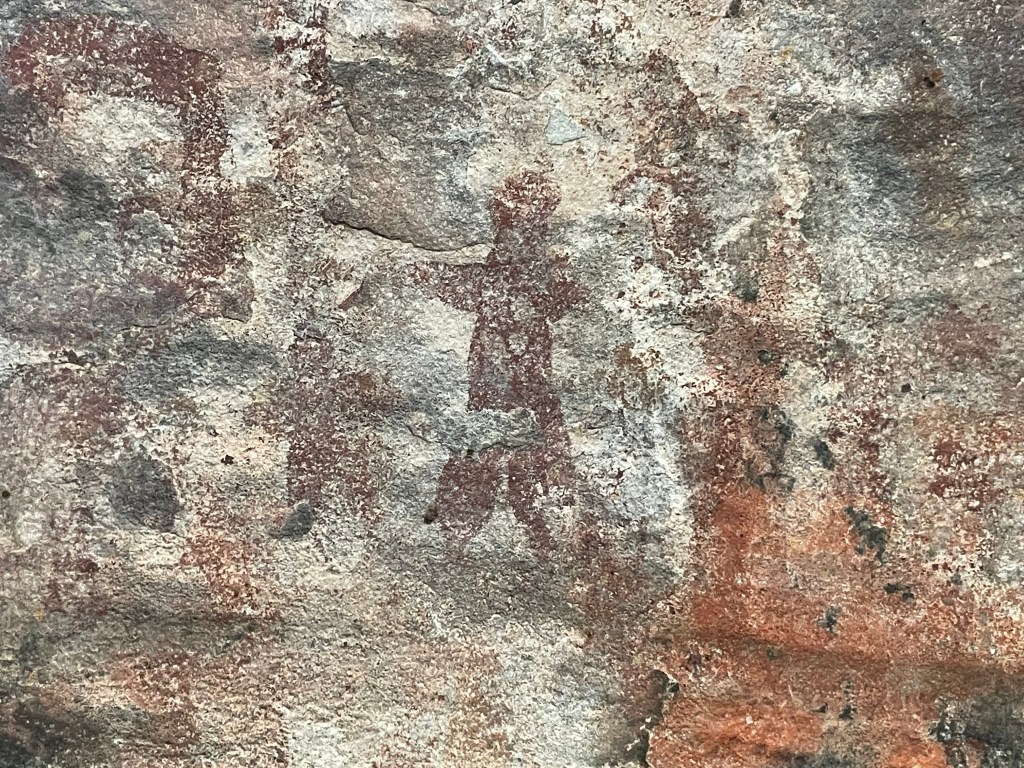



San Bushman Moon Dance in the Kalahari Desert
About Roberta Eaton Cheadle

Roberta Eaton Cheadle is a South African writer and poet specialising in historical, paranormal, and horror novels and short stories. She is an avid reader in these genres and her writing has been influenced by famous authors including Bram Stoker, Edgar Allan Poe, Amor Towles, Stephen Crane, Enrich Maria Remarque, George Orwell, Stephen King, and Colleen McCullough.
Roberta has short stories and poems in several anthologies and has 2 published novels, Through the Nethergate, a historical supernatural fantasy, and A Ghost and His Gold, a historical paranormal novel set in South Africa.
Roberta has 9 children’s books published under the name Robbie Cheadle.
Roberta was educated at the University of South Africa where she achieved a Bachelor of Accounting Science in 1996 and a Honours Bachelor of Accounting Science in 1997. She was admitted as a member of The South African Institute of Chartered Accountants in 2000.
Roberta has worked in corporate finance from 2001 until the present date and has written 7 publications relating to investing in Africa. She has won several awards over her 20-year career in the category of Transactional Support Services.
Find Roberta Eaton Cheadle
Blog: https://wordpress.com/view/robertawrites235681907.wordpress.com
Twitter: https://twitter.com/RobertaEaton17
Facebook: https://www.facebook.com/robertawrites
Amazon: https://www.amazon.com/Roberta-Eaton-Cheadle/e/B08RSNJQZ5
_____________________________________________________________________________________________
Want to be sure not to miss any of Robbie’s “Dark Origins” segments? Subscribe to Writing to be Read for e-mail notifications whenever new content is posted or follow WtbR on WordPress. If you found it interesting or entertaining, please share.
Discover more from Writing to be Read
Subscribe to get the latest posts sent to your email.








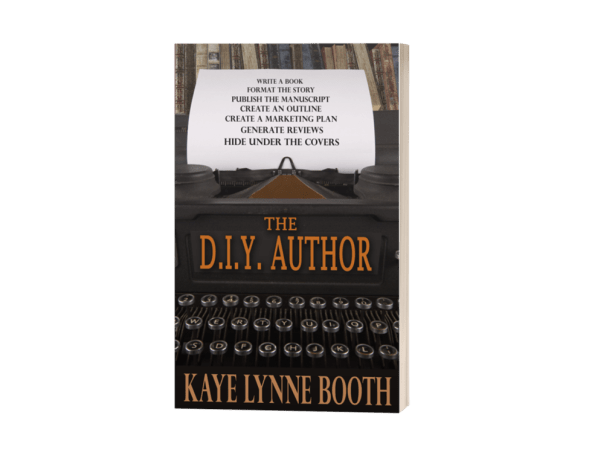
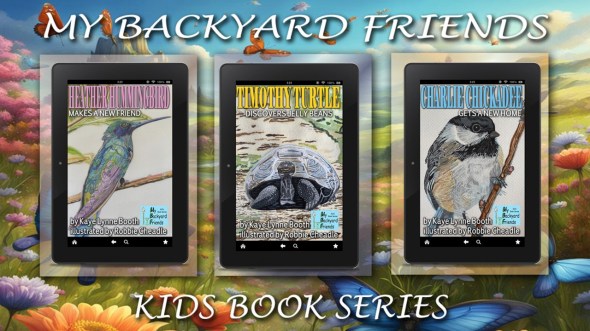
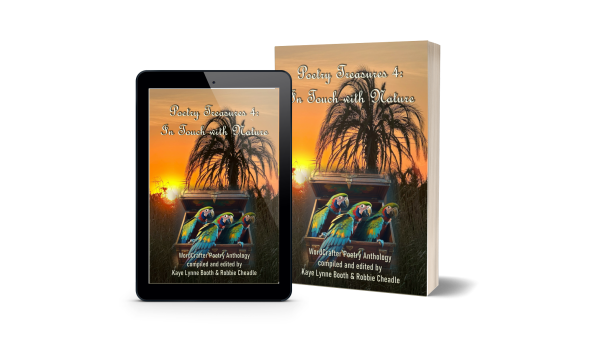
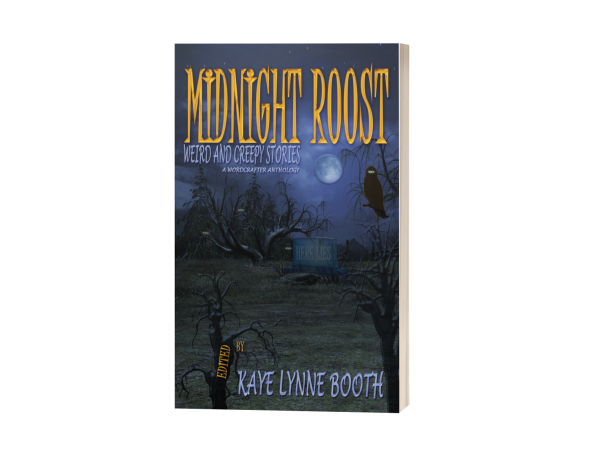



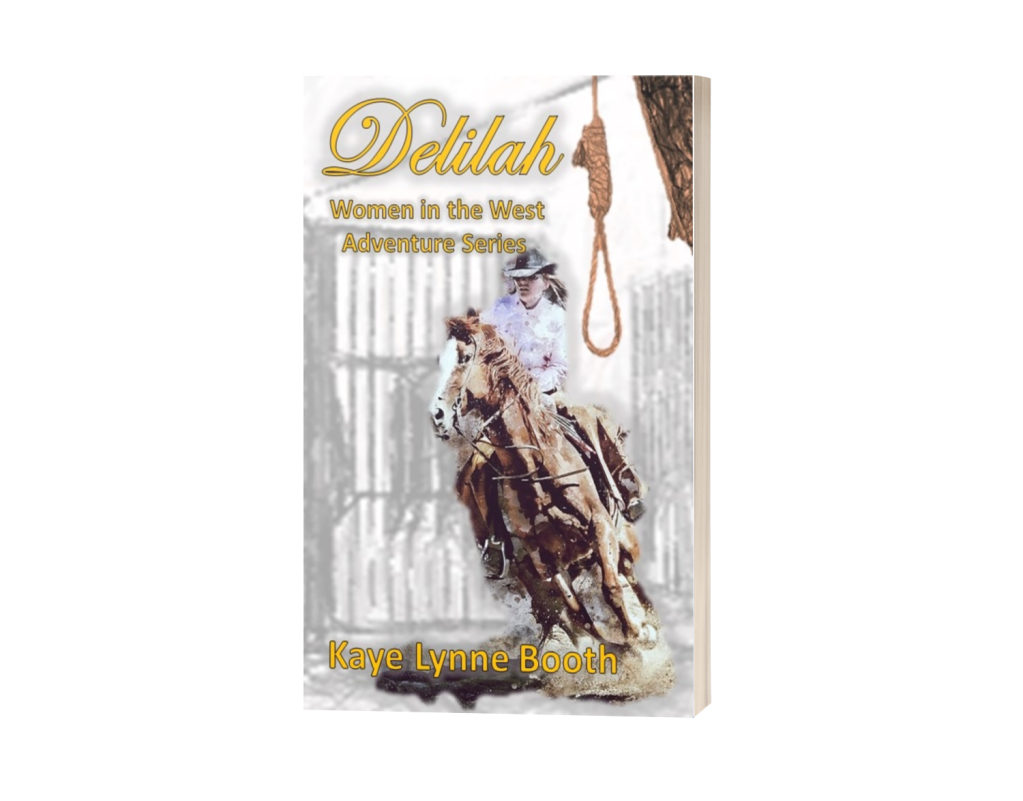

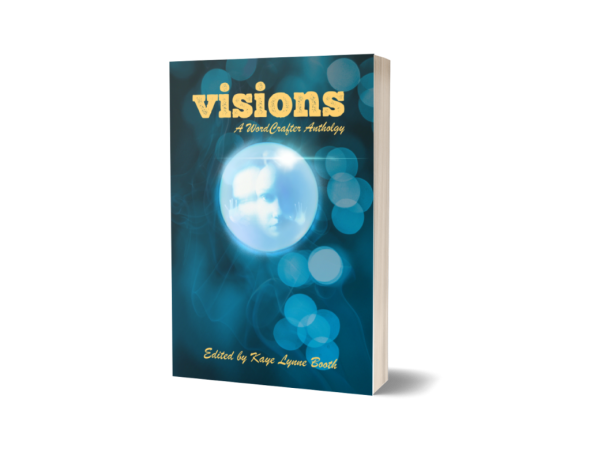
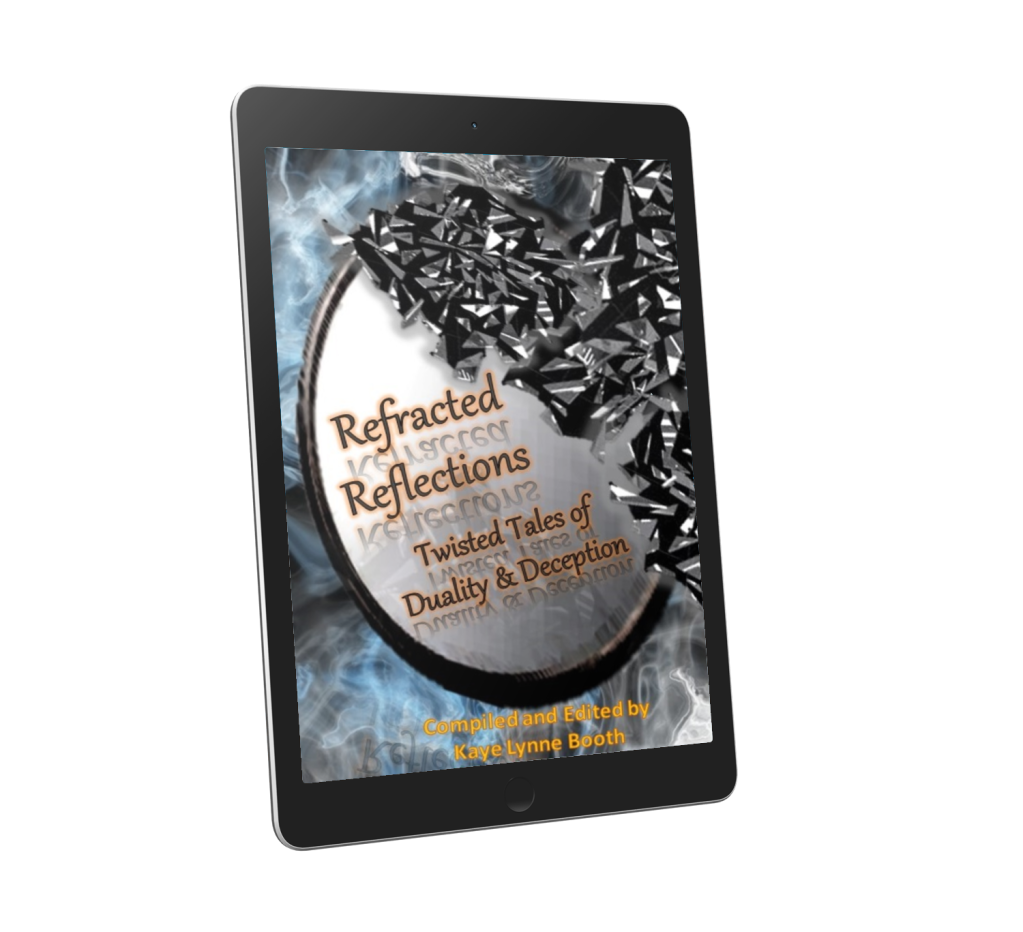




Reblogged this on and commented:
My Dark Origins post today provides some insight into the religious beliefs of the San (Bushmen), rock art and a YT video of a San Moon Dance. Thanks for hosting, Kaye Lynne Booth.
LikeLiked by 1 person
Reblogged this on NEW BLOG HERE >> https:/BOOKS.ESLARN-NET.DE.
LikeLiked by 2 people
Thanks for sharing, Michael. 🙂
LikeLiked by 1 person
🤗 Michael
LikeLiked by 1 person
What a great and very interesting tradition. I like how the deities are structured. 😉 Above all, the whole system does not require a lot of administration. 🙂 xx Michael
LikeLiked by 4 people
Hi Michael, I like the simpleness of these beliefs too. Our systems are awfully complicated. Thanks for visiting 💕
LikeLiked by 1 person
The look on that little one’s face is adorable! I wonder how the situation will be for the San when he grows up.
LikeLiked by 2 people
Hi Chris, it is very sad that the San have been treated so badly. That little one’s joy was delightful to see.
LikeLiked by 2 people
I love that you went on a trip and took your own photos. Fascinating culture. Thanks for sharing.
LikeLiked by 2 people
Hi Staci, we were lucky to have that experience and we all enjoyed it very much. Thanks for visiting.
LikeLiked by 1 person
The rock art is fascinating. Thanks for another intriguing look at the San, Robbie.
LikeLiked by 2 people
Hi Mae, I’m so glad you enjoyed this sub-series 🌹
LikeLiked by 2 people
It fascinates me how cultures develop beliefs in God and love of music. I so enjoyed watching the dancing, how it brought smiles to all of them and seemed to last a long time. My hands would hurt! But I suppose that wasn’t a consideration for them. Fascinating, Robbie.
LikeLiked by 2 people
Hi Jacqui, I imagine they are used to this dancing. The delight on the face of the toddler was delightful to see.
LikeLiked by 2 people
I love rock art and its fascinating to learn more about the San and their beliefs, Robbie 🙂 x
LikeLiked by 2 people
Hi Carol, I find it very interesting too and I’m glad we got to see some of their work up close and hear the history.
LikeLiked by 2 people
I love the San rock art! It was their only way of recording history or telling a story. A great post! Thank you for sharing, Robbie, and thank you, Kaye Lynn, for hosting.
LikeLiked by 2 people
Great to see you here, Jan. Always a pleasure to host Robbie. She has such interesting posts.
LikeLiked by 1 person
Thank you, Kaye ❤️
LikeLiked by 1 person
Hi Jan, you are right and the messages in their rock art are impressive. I’m so glad you’ve enjoyed this introduction to the Bushmen.
LikeLiked by 1 person
25,000 years of history on those walls- that’s amazing! Thanks so much for sharing this, Robbie.
LikeLiked by 2 people
It is amazing. It is such a shame that the Bushmen have been treated so badly and so few remain.
LikeLiked by 2 people
Fascinating as always. Thanks!
LikeLiked by 2 people
I’m glad you enjoyed these posts about the Bushmen, Darlene 🥰
LikeLiked by 2 people
It’s amazing that many cultures believe in after-life. I remember when my grandma passed away, one of the rituals was to burn the paper house, paper maids, and paper money on the seventh day and the 49th (7×7) day so that she could have those things on her after-life. We visited her graveside twice a year and burned paper money for her to “spend.”
The dancing is very cheerful and the audience looked happy. Thank you for the post, Robbie. Thank you for hosting, Kaye.
LikeLiked by 2 people
What interesting rituals, Miriam. Fascinating. It brings to mind the an isn’t Egyptians, who included personal belongings in the burial chambers, things they might need in the afterlife, even pets. But I think that may have been only for royalty. I think it is wonderful that you do this each year. 🙂
LikeLiked by 2 people
That was almost 40+ years ago when we visited grandma’s graveside. When my parents passed away, they were cremated. We got a “double occupancy” cubicle for them. My dad passed away first and my mom four years later. My sister visited them often and brought flowers to them. 🙂
LikeLiked by 2 people
Hi Miriam, that really is fascinating and rather lovely too. It is nice to think the spirit has a home. The Zulus have some very interesting beliefs about ancestors and spirits which I’ll be covering next in this series.
LikeLiked by 1 person
That would be interesting, Robbie. Looking forward to reading about it.
LikeLiked by 2 people
it’s interesting that they would use the same name – god – to refer to the greater and lesser ones. I think of my religion where we would refer to the evil one as the devil. thanks for this fascinating insight into their religious beliefs, Robbie.
LikeLiked by 1 person
Hi Jim,I think it is a totally different outlook on deities and spiritual beings.
LikeLiked by 2 people
it seems that way…
LikeLiked by 2 people
I have some serious catching up to do to read these posts, Robbie. You know how sometimes there’s so much stuff flying at and through your head? This is a priority now and I’ll get back to you once I’ve read these posts.
LikeLiked by 2 people
Hi Art, there is no rush. That is the beauty of blogging, you get to read articles at your leisure.
LikeLiked by 1 person
Thank you for another informative post about the cultural heritage of South Africa’s indiginous peoples. I’m curious about what type of pigment(s) were used to make the cave paintings.
LikeLiked by 2 people
HI Liz, thank you for visiting I had to look for this answer. I sort of new it but wanted to ensure I was correct. This is what Wikipedia says about the paint: “They usually used red rock, which they ground until it was fine, and then mixed it with fat.” They then rubbed this on the rock to form the pictures. This paint that they used withstands the rain and weather for very long periods of time.
LikeLiked by 2 people
Thank you very much for taking the time to seek out the answer to my question, Robbie! It’s amazing to think how long those paintings have lasted and how far back humans’ need for creative expression goes.
LikeLiked by 1 person
Their art and beliefs reflect their close connection with nature. It wouldn’t hurt us to try not to offend the earth. (K)
LikeLiked by 2 people
Hi Kerfe, the San are very close to the rhythm of nature and the earth. It is a tragedy that a greater effort is not being made to preserve their traditional way of life.
LikeLiked by 2 people
So it is for most native peoples, sadly.
LikeLiked by 2 people
Twenty-five THOUSAND years? Amazing that there is some of the art left. I tell you what, if history had been this intriguing and provocative in school, I’d have probably become a history professor! Thank you, Robbie.
LikeLiked by 1 person
Hi Annette, thankfully the methods of teaching history and other subjects have moved on since your and my day. We just used to have to sit and learn by heart pages of historical facts. Now the kids learn all about sources and cartoons and the whole experience is interesting and interactive.
LikeLiked by 2 people
I learned so much, like that there are San Bushmen. The superstitions are interesting as well.
LikeLiked by 1 person
Hi Chel, I am pleased I could introduce you to the Bushmen of southern Africa.
LikeLiked by 2 people